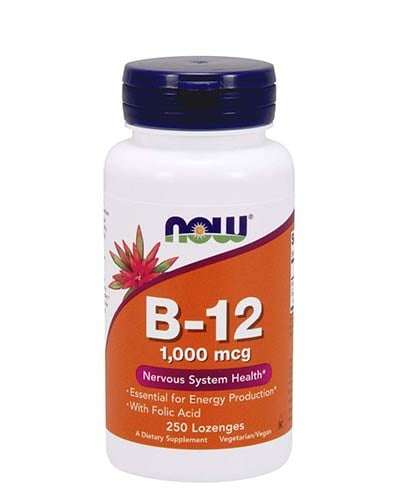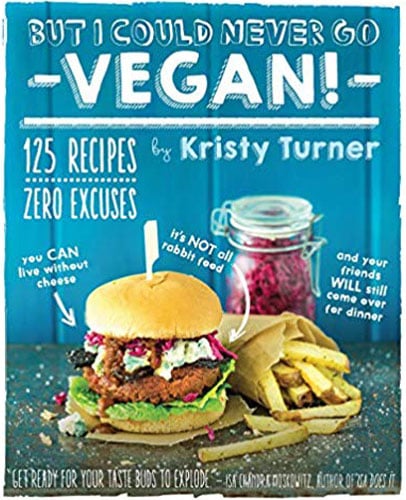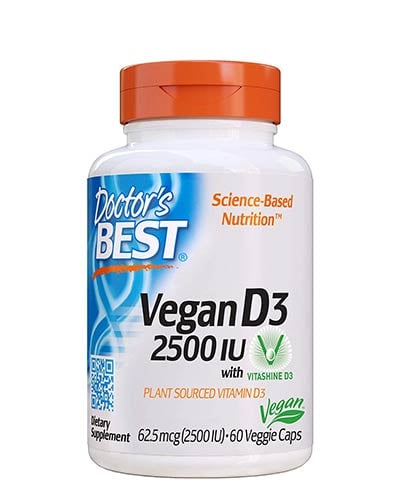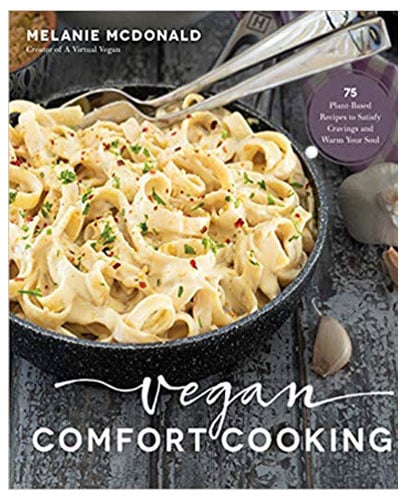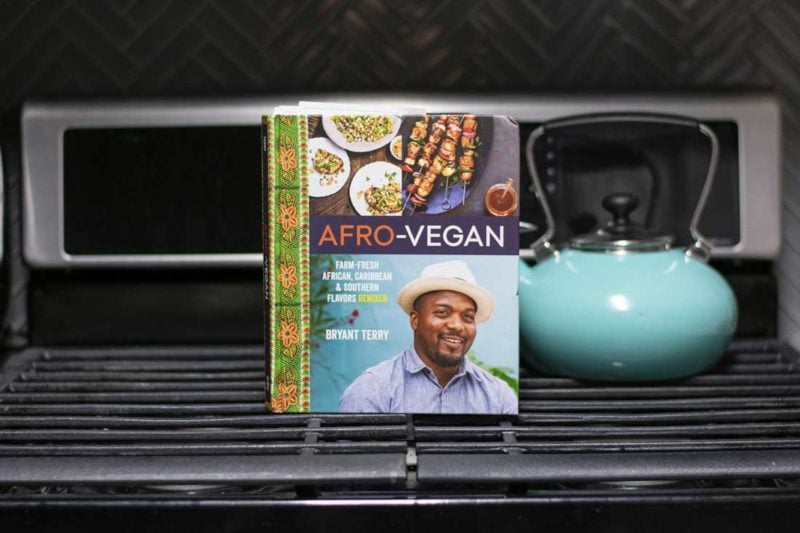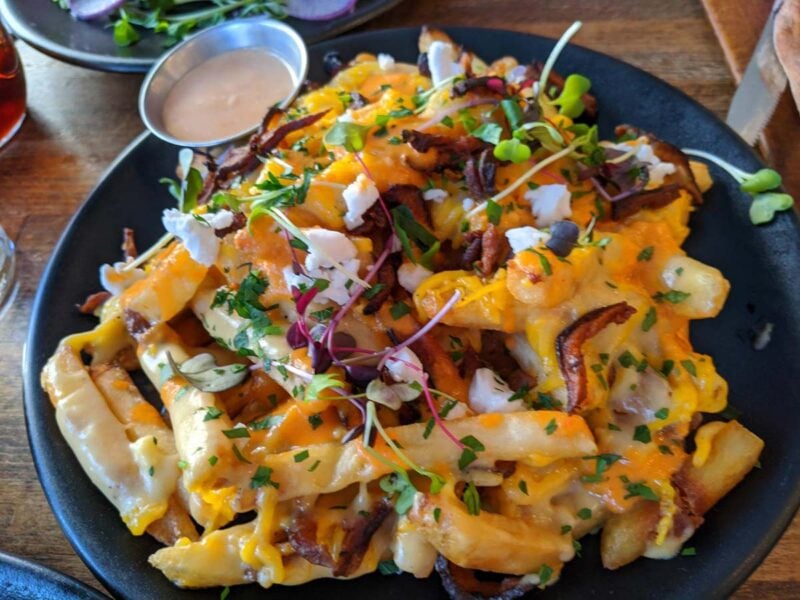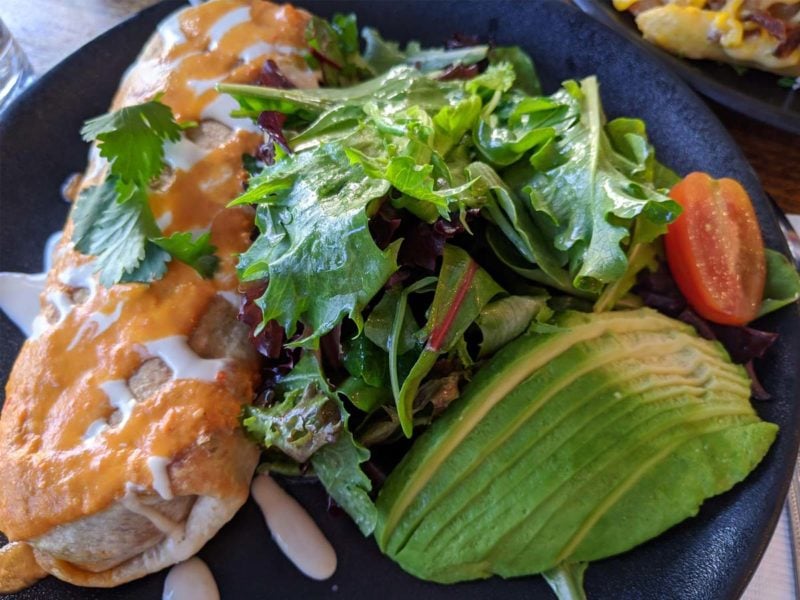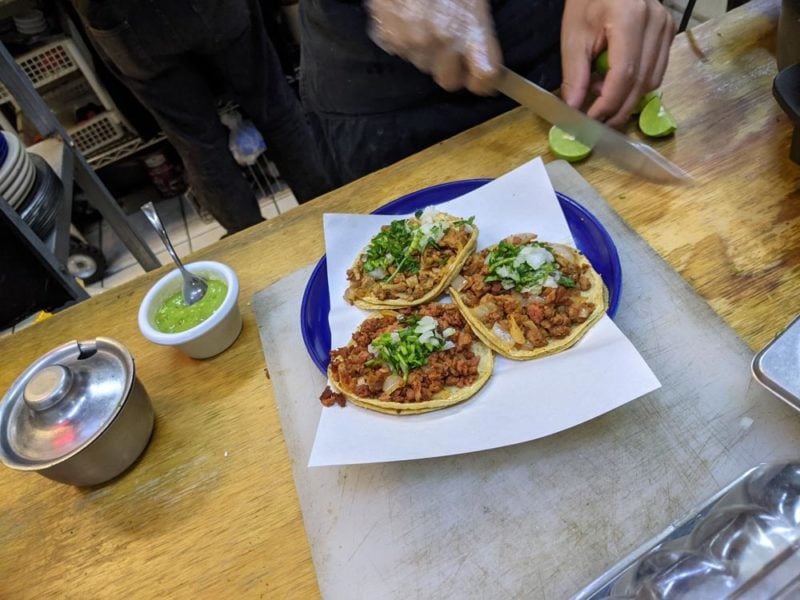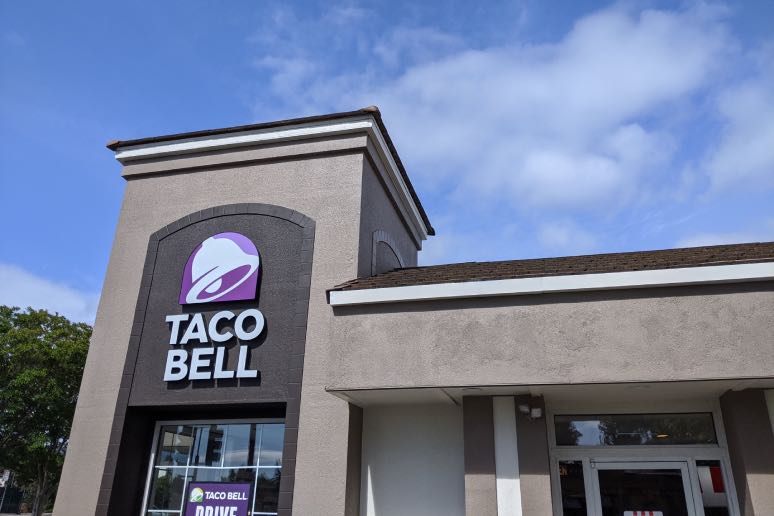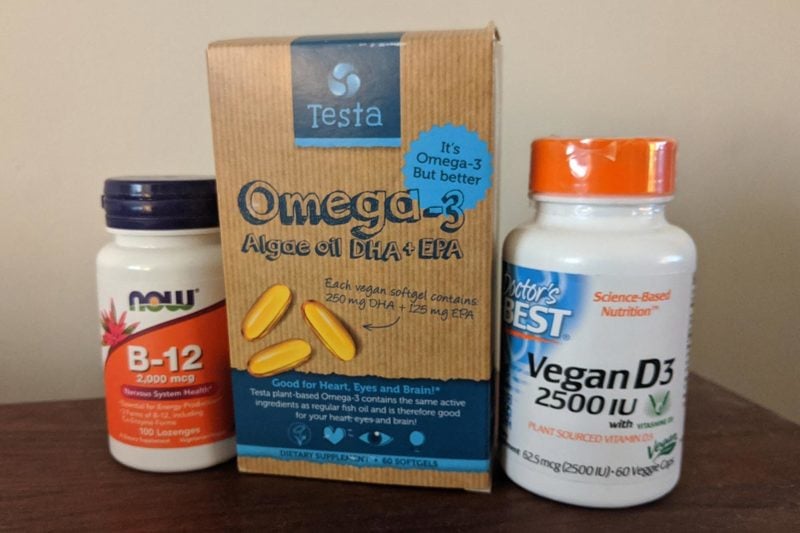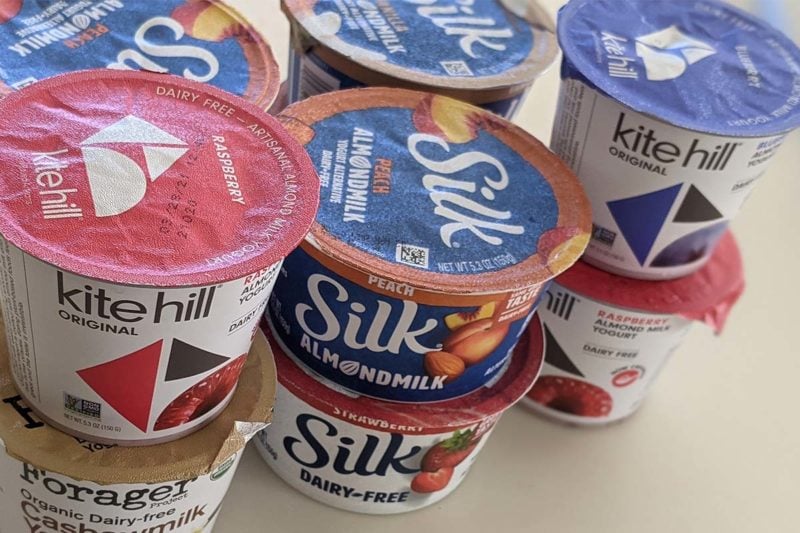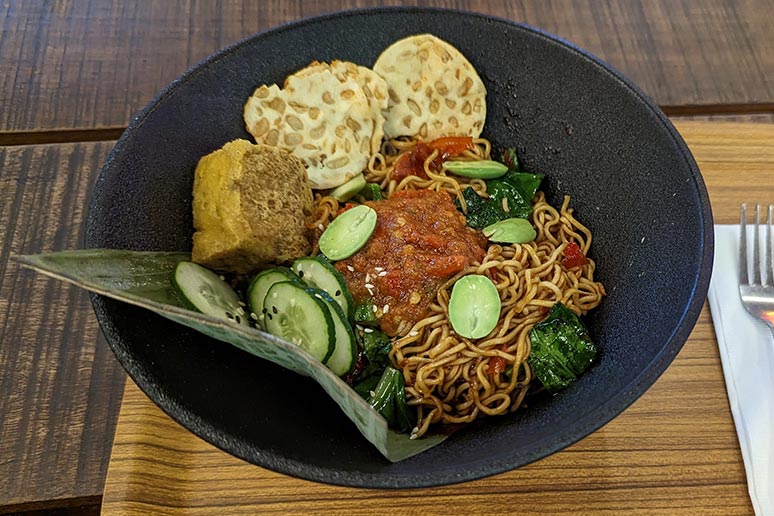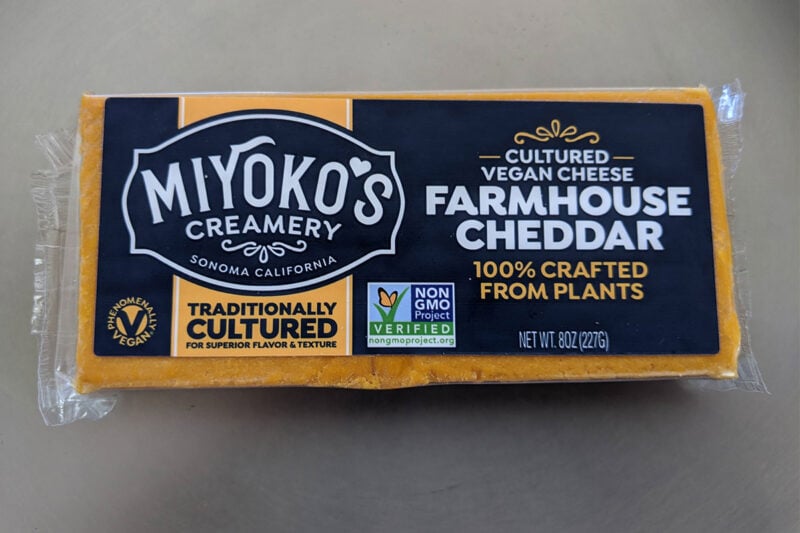Chapter 10
The Counterculture
We’ve spent the last few chapters looking at some of the main issues surrounding the switch to a vegan diet. Now let’s look at the bigger picture. In this chapter, we will see how a simple concept pioneered by the counterculture can guide and improve your food choices. You see, almost every Westerner who eats a veggie diet owes a debt to the Vietnam war era counterculture. Oddly enough, it was America’s 1960s and 1970s counterculture that produced one of the best ideas guiding the spread of vegetarian eating.
If there was one defining sentiment among young people during that era, it was a distrust for any sort of authority, regardless of whether that authority came from the military, business, school, or the police. There were two main reasons for this distrust: the Vietnam war and the rise of psychedelics.
Vietnam led to sustained outrage from the American public. Any young American man who wasn’t politically well connected, or didn’t flee to Canada, was likely to be drafted. And over the course of the war, nearly 60,000 American troops died. The American public, particularly the young, was also disgusted by the atrocities inflicted on the Vietnamese, which ranged from civilian massacres to setting entire villages ablaze with napalm.
There’s nothing like an unpopular war to fuel rampant public distrust of authority. At the same time, the spread of LSD in America’s youth culture added fuel to the fire. If there’s one thing that LSD can be counted on to accomplish, it’s to undermine the belief that the socially sanctioned way of seeing the world is based on an objective reality.
Between the antiwar movement and the psychedelic drug culture, by the 1970s a substantial percentage of America’s youth had adopted a set of values fundamentally at odds with that of their parents’ generation. These values embraced pacifism, drug use, sexual permissiveness, and the emergence of a strong protest culture. The glue that held all of this together was a distrust of authority, and along with that came a deep-seated hostility toward everything having to do with capitalism and business. At the time, one of the most cutting insults you could dish out was to suggest that a young person cared about money.
The split between the counterculture and the establishment was captured by the term, “The Man.” Among young people, The Man became shorthand for every sort of business, government, police, or authority figure—anybody who made a profit from and had a vested interest in maintaining the existing order of things.
As the Vietnam war continued to grind away, and all efforts to stop it failed, the disgust over this situation led to countless young people dropping out of society, often banding together on communes or in cooperative housing, and attempting to do their own thing. But one of the difficulties of dropping out is that you’ve still got to feed yourself, and companies like Kraft and Kellogg’s aren’t in the business of donating their foods to a bunch of hippies.
And it’s not as though the hippies wanted industrially produced food anyway. All big companies, food companies included, were seen as part of the military industrial complex; in other words, the packaged foods sold at supermarkets were the sorts of products that The Man made his profit on. It scarcely mattered whether a company was in the business of manufacturing guns or producing butter: by virtue of it being a large corporation, everything it produced was seen as suspect.
So, in order to feed themselves, America’s young dropouts initiated a back-to-the-land movement. Many sought to grow their own food, while others participated in food cooperatives. These co-ops didn’t sell products like Pop-Tarts and TV dinners, since that stuff was distrusted. Instead, the foods they offered came in the form of burlap bags filled with rice, grains, and beans.
By purchasing food in this way, the hippies could stick it to The Man by bypassing the big food companies. Just as importantly, co-ops enabled people to eat well for a tiny fraction of what it cost to buy processed food at a supermarket. Co-ops offered still another advantage: the foods they sold tended to be far more healthful than the boxed and processed and overly packaged foods created by the big food conglomerates.
Why was this sort of food healthier? Much of the reason was that the food was unadulterated. You were simply buying rice, or potatoes, or soybeans. There weren’t 38 ingredients in a given food, nor was there a preservative or artificial coloring anywhere in sight. But probably the most important reason why this food was superior was that it arrived in whole form. The potatoes hadn’t been peeled. The rice and wheat didn’t have its bran and germ—the healthiest part—milled away. The beans came dry, not in a can with sugar and chunks of factory farmed pig fat.
In other words, the stuff the hippies were buying through their co-ops wasn’t processed food, it was whole food. And the concept of buying—and eating—food in its whole form made too much sense to remain solely in the hands of a bunch of hippies.
Some of the more industrious hippies of that era started food companies geared towards producing this sort of food—packaged, yes, but without the preservatives, without the milling away of vital nutrients, and without the addition of weird colorings and artificial flavorings. By the 1990s, many of these idealistic companies had grown into major food manufacturers, and were bought—you guessed it—by America’s top food conglomerates.
Other hippies of that era, most notably Mollie Katzen, wrote cookbooks that sought to offer people methods to prepare these sorts of unprocessed foods in a palatable way.
Within just a few decades of the Vietnam war’s ending, the main concepts that underlay the hippies’ style of eating had become thoroughly mainstream. What’s more, this approach to eating had become disproportionately embraced by the most educated and affluent members of society. Whole Foods Market, for instance, came on the scene and carved out an immensely profitable segment within the grocery industry by specializing in selling the sorts of foods that were based on the hippie philosophy of food production. The genius of Whole Foods Market was in realizing that there were billions of dollars to be made by marketing hippie food to yuppies.
The reason for the spread of counterculture eating is that the underlying philosophy of purchasing whole foods makes too much sense to ignore. You can eat better, cheaper, and more environmentally sustainably by choosing whole foods, or foods that have been minimally processed.
So, with all of this understood, why should hippies have all the fun? Here’s how to incorporate as many whole foods into your diet as possible.
First, buy as much food as you can from your local farmers’ markets. Every fruit and vegetable you buy will have been grown locally, and much of it is organic. And, in the spirit of the 1960s counterculture, you’ve cut out The Man by buying directly from the farmer. By removing retailers from the equation, you’re buying the freshest possible foods and saving money in the process.
Second, when you do shop at a conventional market, whether it’s a natural food store or a regular supermarket, make a habit of looking in your cart as you approach the register. What percentage of your purchases are processed foods in boxes and cans? Hopefully, most of what you’re buying are fruits and vegetables, plus bagged grains, rice, nuts, and beans from the bulk department. Make a point of loading up on whole foods like these during your trips to the market. There have been times that I’ve approached the cash register, looked down into my cart, and noticed that processed foods far outnumbered fresh produce and other whole foods. I’ve actually turned back from the register in shame and wheeled my cart straight to the produce section to make amends.
One final tip: when you do buy packaged foods, always read the ingredients. Check to see that any grains in the product are in whole form. Avoid colorings, preservatives, artificial flavorings, and anything that just seems like it’s not real food.
Eating like a hippie has numerous advantages. It’s best for your health, for your wallet, for the planet, and for your transition toward a healthful vegan diet. In fact, once you embrace the counterculture approach to eating, you’ll find your resultant food choices will enable you to move more quickly and healthfully to a vegan lifestyle.
I’ve now finished covering the preliminary information and strategies for transitioning your diet. With this introductory material out of the way, we’ll next turn to food shopping and preparation, as well as your various options for dining out. The information I’m about to cover isn’t just fun and easy to learn, it will also help you to dramatically accelerate your transition to a vegan diet.
Next Chapter: Supermarket Survival
Return to: Table of Contents
Get the updated second edition of this book on Kindle for just 99 cents, or in paperback
for $8.95.
This page and The Ultimate Vegan Guide is Copyright 2010 by Erik Marcus, all rights reserved. My writing is my sole means of support, so please don’t abuse the generosity I’ve shown in making the full text of this book freely available from Vegan.com. Posting the text of this book to other websites, and copying or distributing it through other means, is strictly prohibited.

